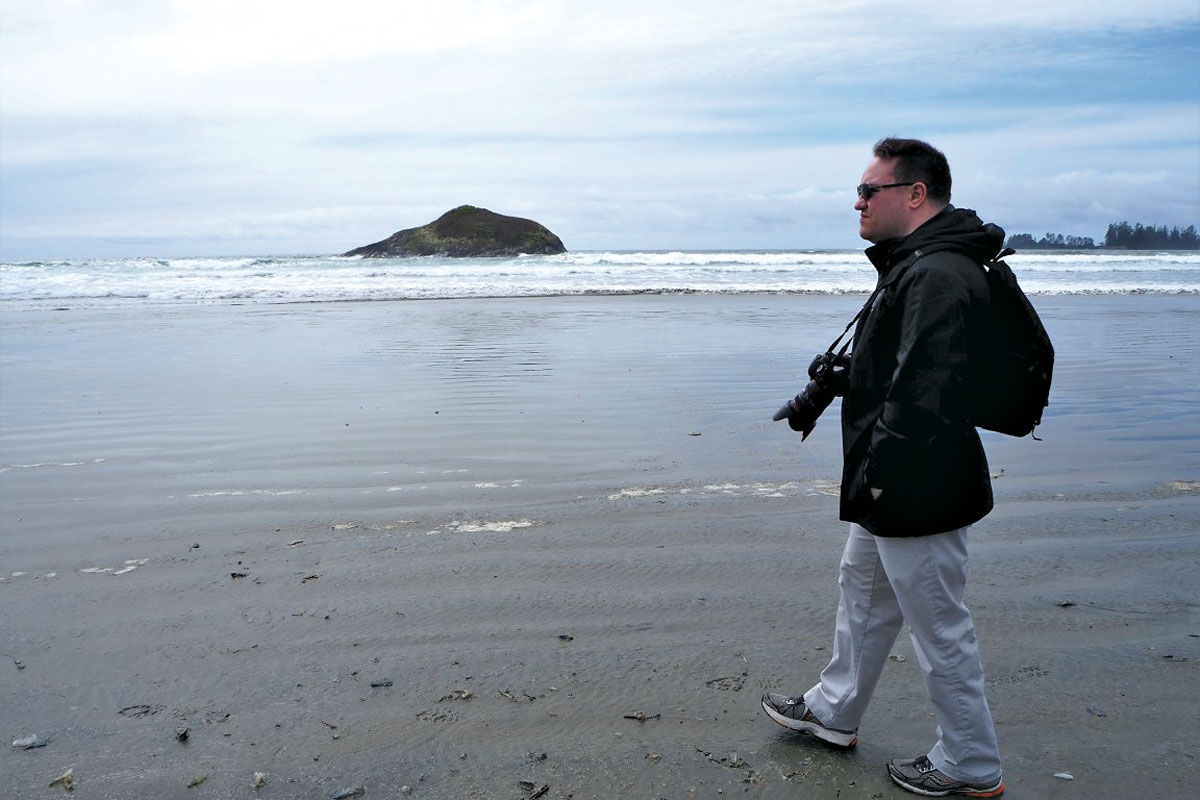I shutter to think – cell phones don’t replace cameras
By Lookout on Aug 25, 2018 with Comments 0
M.X. Déry, Contributor ~
I love that almost everyone nowadays takes photos, but there are several of you, and you know who you are, that commit every photography sin, and I shutter to think what people in the future will say about our walls of rubbish photos.
As I stated last week, the fact that everyone now has a miniature camera in their cell phones is a boon, since it allows for more casual, everyday activities to be photographed.
What they are not meant for is to replace actual cameras outright. I’ve had friends leave on a long vacation with nothing but a cell phone to capture their memories of foreign landscapes, strange flora and exotic fauna.
A cell phone is akin to a multitool or a swiss army knife in that it can do a lot of things in small quantities, but does not replace the original tool. If you are in an isolated cabin and need to remove Philips head screws on a portable generator, a multitool can be a life saver, but renovating a kitchen would require a screwdriver, and preferably a powered one.
A cell phone is not purpose built for the task of high resolution photography. The sensor is tiny, the lens equally so and the aperture nearly microscopic. High Dynamic Range (HDR) on smartphones masks how poor the built-in camera is at low-light and contrast.
It is the software on your smartphone that is doing the heavy lifting, using more and more processing to convert two to three images into a single corrected photo, but this makes smartphones more power hungry.
This is also the device that people rely on for communication, navigation and information; battery power is a finite resource, so taking photos and videos with a cell phone burns through that resource quickly.
Imagine you are on a hike on a trail in a foreign country and unbeknownst to you, the cell tower is just out of range and so the battery on your phone is draining quickly. You also periodically use your phone to check which trail to turn onto to, and also snap a few photos.
You encounter a sign with a lot of words you don’t know in a foreign language and use the translate feature on your phone to determine that the sign warns hikers there is a dangerous plant nearby that you should avoid.
The trail then turns into a dark cave and you have no flashlight, so you resort to using your phone as a flashlight. When you exit the cave, your phone battery is dead. Your rental car doesn’t have an adapter to charge your phone and you don’t remember the way back to the hotel.
A smartphone only has so much battery and storage capacity; it should be a backup device for a camera, flashlight and/or GPS, not the single point of failure during an important trip or event.
It is also important to remember that the default settings on your phone’s camera app may not take the best image. Be sure to set your photo’s to be taken at the highest resolution and enable HDR. Don’t use the digital zoom that is built in, as it won’t enhance the image.
When sending or sharing the image, be sure you are sending the full-sized version; most sharing functions shrink the image to save cell data, but they also lower the quality significantly, which can make it hard to edit for newspaper or social media use.
Lookout, CFB Esquimalt and Maritime Forces Pacific public affairs are always looking for good imagery for social media and the newspaper. Imagery technicians can’t be everywhere, so if you have high quality imagery of interest, such as promotions, ships arriving/departing, etc., be sure to send it to n02pao@gmail.com.
Filed Under: Top Stories
About the Author:






